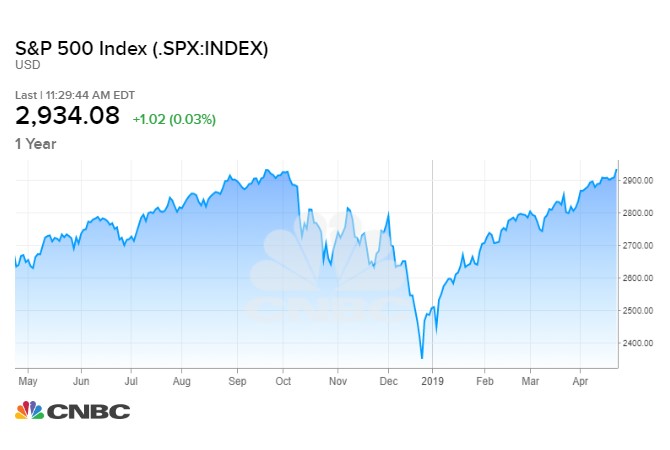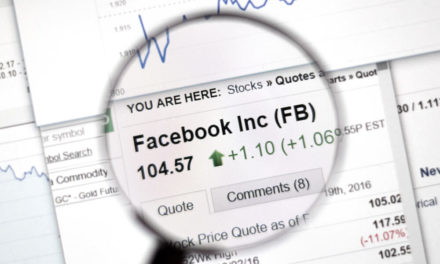Global growth recovery, the end of Donald Trump’s trade wars and another banner year for stock buybacks should be enough to boost earnings and stock prices, giving the record bull market plenty more room to run, according to strategists at the biggest bank in the U.S., JPMorgan & Chase.
In a call Wednesday, the strategists reiterated their call for the S&P 500 — already topping out to record highs this week and sitting at 2,928 about an hour before the closing bell on Thursday — could reach 3,000. This is based on a fundamental recovery in global growth and an end to headwinds from the trade wars and tariffs. JPMorgan expects companies to provide a boost for stocks with positive forward guidance, according to CNBC.
“We expect fundamentals to improve on the back of stronger global growth,” the analysts wrote.
The S&P 500 on Wednesday was trading near record levels, after closing at a new high of 2,933 on Tuesday. Wall Street strategists’ S&P targets range from 2,750 to 3,200 for year-end.
The strategists also believe the outlook for earnings was too pessimistic and they expect the anticipated decline in first-quarter profits to turn around by the end of the reporting period, with S&P 500 companies delivering a 4% to 5% earnings surprise and profit growth of 2-3%.
Revenues are growing at an above-trend 5%, which the strategists said is a sign of healthy demand. Temporary factors impacting margins should fade as the year goes on, and recovering global growth and reflationary policies should help.
“As for performance, we expect equities to remain resilient during the reporting season as results should hint at a global growth recovery at a time when investor positioning and sentiment remains relatively low,” the strategists wrote.
Companies are likely to continue reinvesting in growth opportunities, but the strategists see the bulk of incremental profits going to stock buybacks. “After a record year for buybacks in 2018, this year should be even higher at ~$850b, which would alone drive EPS growth of ~2%. This view is supported by record buyback announcements YTD of $213b led by Tech ~$46b and Industrials ~$40b,” they noted.
There are also existing buyback authorizations that have not been realized yet of about $700 billion, as of the fourth quarter. Companies also still have excess cash of about $1.5 trillion, excluding financial companies, the strategists added. They also expect operating cash flow to be the predominant source for capital return, with debt-funded buybacks now at just 14% after having peaked in 2017 at 34%.
They also expect fewer negative surprises related to trade and tariffs during the first-quarter reporting period. Technology companies, household products retailers, capital goods companies and automakers all discussed trade last quarter.
“While trade and tariffs remain a headwind for margins, companies are softening the drag by raising prices where possible, idling and shifting production to geographies unaffected by tariffs, and/or passing cost to suppliers. If a trade deal were to materialize, it could be a source of positive revisions (mainly through margins) since this catalyst is mostly not in consensus numbers,” the analysts noted. “Goods producers will increasingly highlight rising commodity prices as a risk; however, we expect the majority of the headwind to be passed down to end users given expanding labor markets and reaccelerating global growth.”
The strategists said they remain overweight cyclical sectors, including technology, consumer discretionary, industrials and energy. They see energy as having the best risk-reward with stock prices decoupled from oil prices, and positive guidance should help the sector’s earnings momentum.





